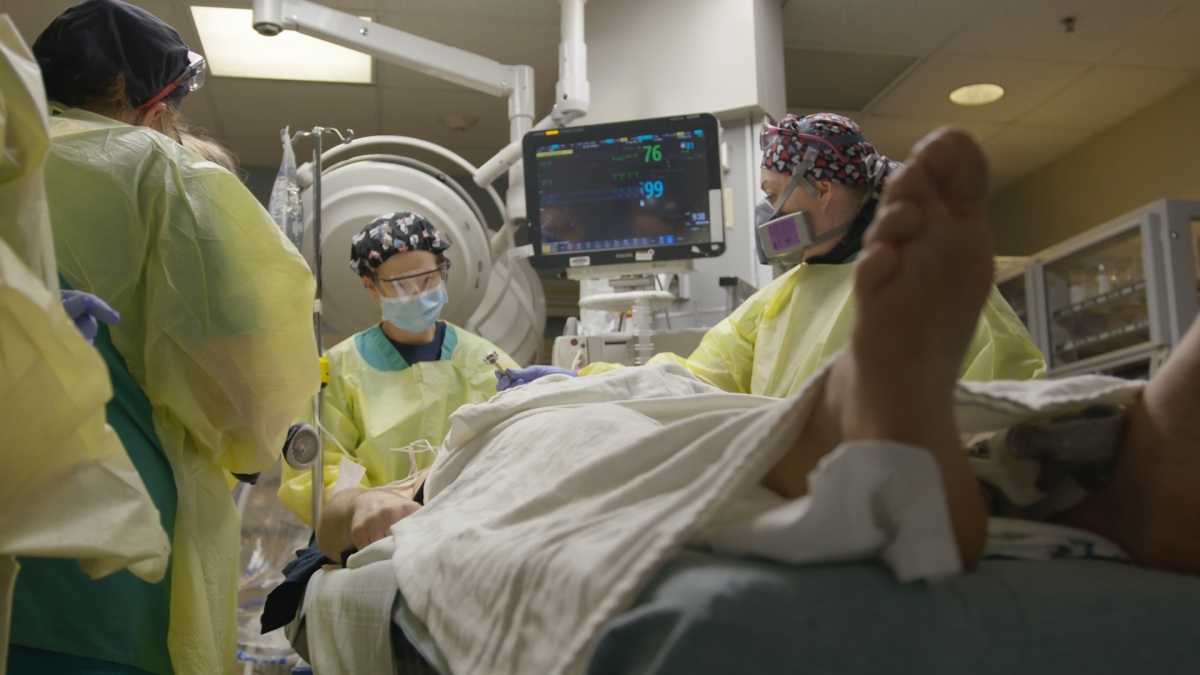

It’s not clear when exactly the CDC will stop reporting Covid-19 community levels. Yeah, the Covid-19 pandemic is not yet over. In an April 29, Maria Van Kerkhove, PhD, the WHO’s Technical Lead on Covid-19, emphasized the importance of continued surveillance with various XBB subvariants of the SARS-CoV-2 circulating worldwide and “Each week millions of people (re)infected, hundreds of thousands are in hospital & thousands are dying from #COVID19”: This would get a better sense of what the virus may actually be doing. One way to compensate for that situation would have been to set up sentinel testing sites around the country where everyone is periodically screened. This meant that many Covid-19 positive tests probably went unreported, which made Covid-19 case counts even more unreliable. Once the Biden Administration began pushing using home Covid-19 testing kits, fewer and fewer people went to formal Covid-19 testing sites. It will change again if we wait long enough.”Īt the same time, the surveillance system hasn’t changed to account for changes in testing. The belief may be that, “Oh, it isn’t real. When you change a warning system, a grading system, or any type scoring system in midstream, the risk is that people will no longer take it very seriously. See, we’re now down only three points.” Soon after the maps changed colors, it appeared as if face masks would no longer be recommended in many parts of the country. Isn’t that like trying to change how a game is being scored when you are losing in the middle of a championship game? Imagine being down 28-7 in the Super Bowl and saying, “OK, all those previous touchdowns are now worth only 1 point. In other words, the team of faculty, graduate students, and post-docs at Johns Hopkins University and The New York Times were doing what the big old government with all that taxpayer money should have been doing. Through all of 2020, these two websites were the go-to places for the public, journalists, the scientific community, and pretty much everyone. The New York Times also set up a website to keep the pubic informed about Covid-19 levels throughout the country. They started the Johns Hopkins Coronavirus Resource Center in early 2020 to compile Covid-19 case reports from different states and municipalities and posting them on a website.

Everyone ended up relying on an idea hatched by Ensheng Dong, a graduate student at Johns Hopkins University and his adviser Lauren Gardner, PhD, Director of the Johns Hopkins Center for Systems Science and Engineering.

never really got an effective surveillance system in place for Covid-19. The big continuing problem is that the U.S. Yep, the U.S.’s reactive rather than proactive approach to the Covid-19 pandemic is about to get even less proactive. So unless you have a time machine or can somehow enter the quantum realm like the Avengers did, such measures won’t really going to help anyone prevent another Covid-19 uptick. But hospitalizations and deaths tend to increase only after the severe acute respiratory syndrome coronavirus 2 (SARS-CoV-2) has already increased in an area. The CDC won’t abandon all Covid-19 surveillance and will reportedly continue to display what’s happening with Covid-19 hospitalizations and deaths. Centers for Disease Control and Prevention (CDC) is planning to cease reporting Covid-19 Community Levels as it has been doing, according to Brenda Goodman reporting for CNN. declaration of Covid-19 as a public health emergency scheduled to expire on May 11, the U.S. It’s about to get a whole lot harder to anticipate and prevent another Covid-19 surge or outbreak in U.S. (Gary Coronado / Los Angeles Times via Getty Images) Los Angeles Times via Getty Images how will communities be able to anticipate and prevent Covid-19 upticks? Here CDC signs at the Tom Bradley International Terminal (Terminal B) indicated how testing is important to spot new variants. When the Centers for Disease Control and Prevention (CDC) cease reporting Covid-19 Community Levels.


 0 kommentar(er)
0 kommentar(er)
